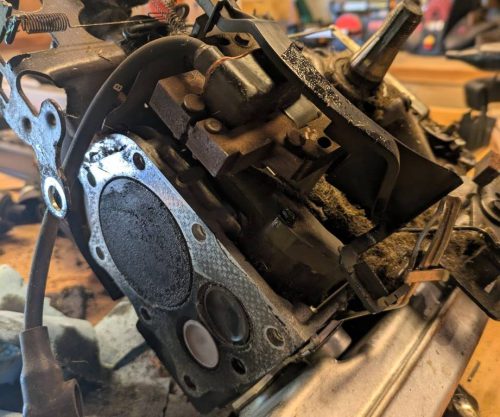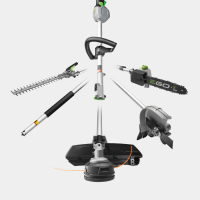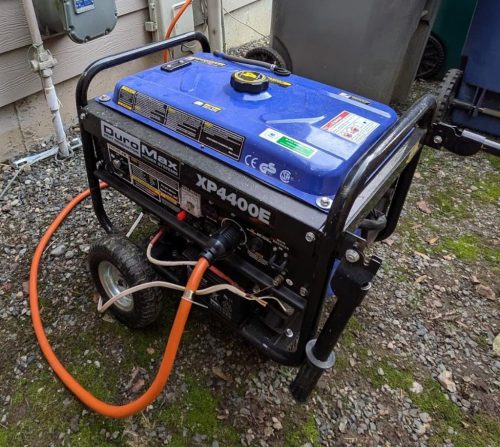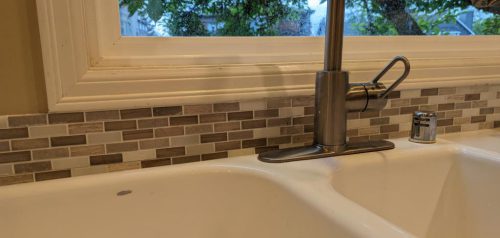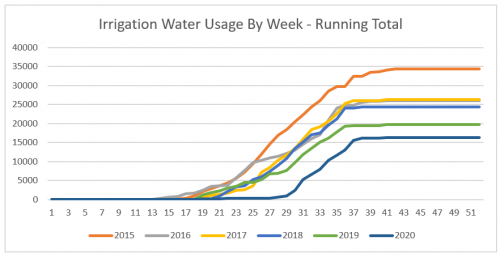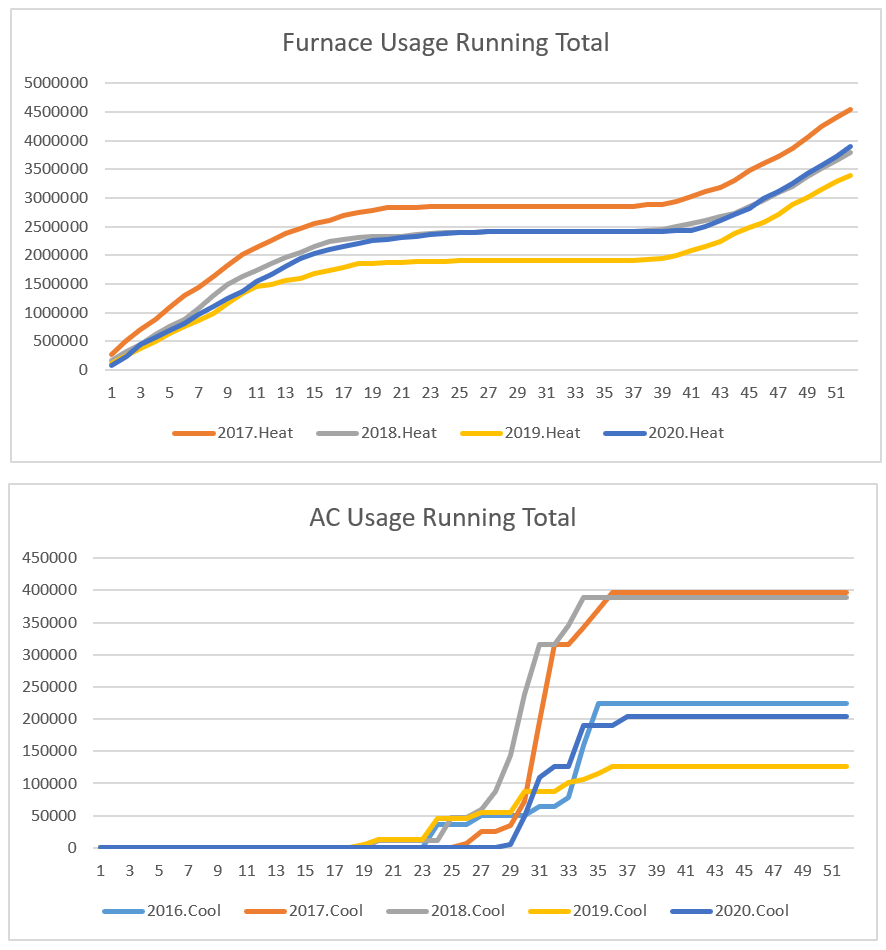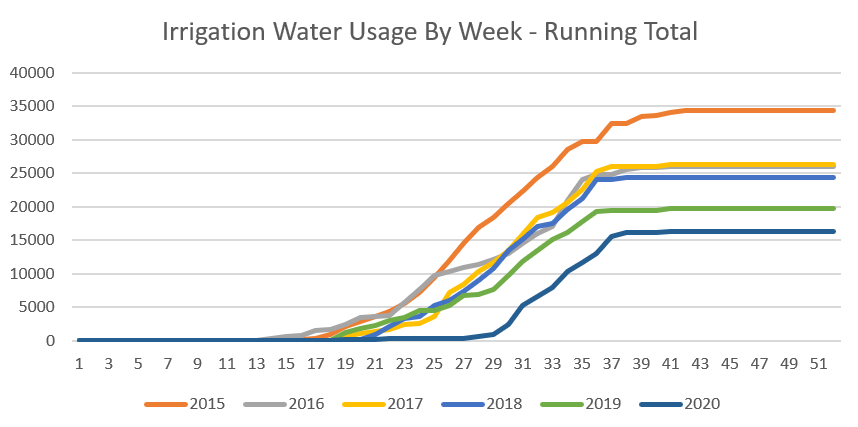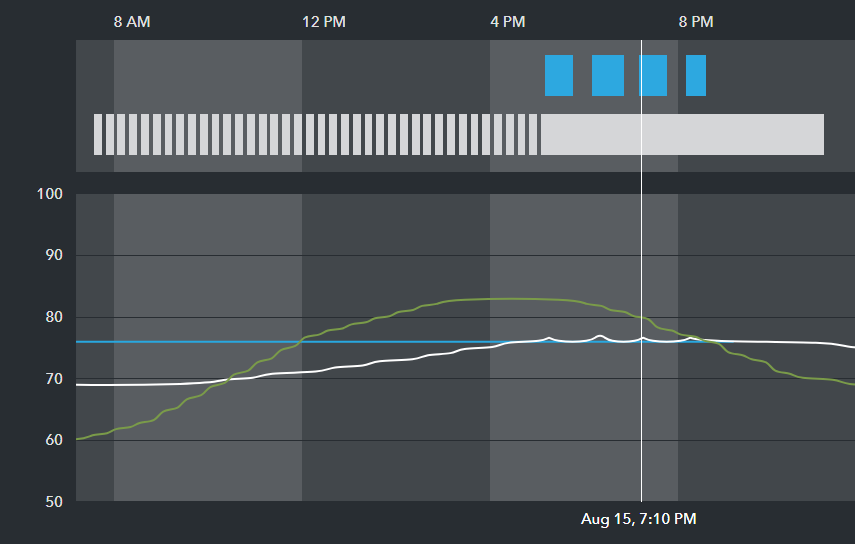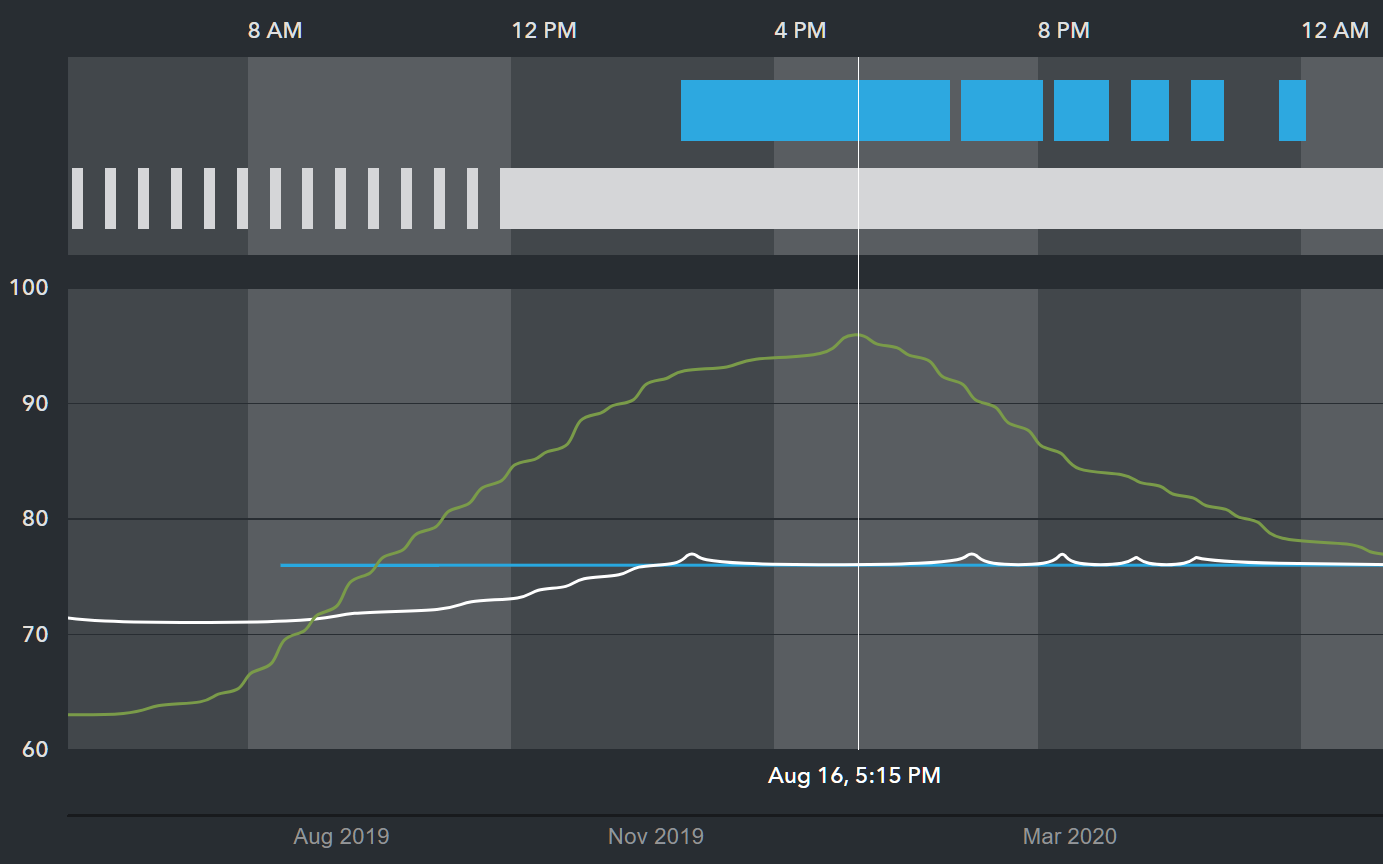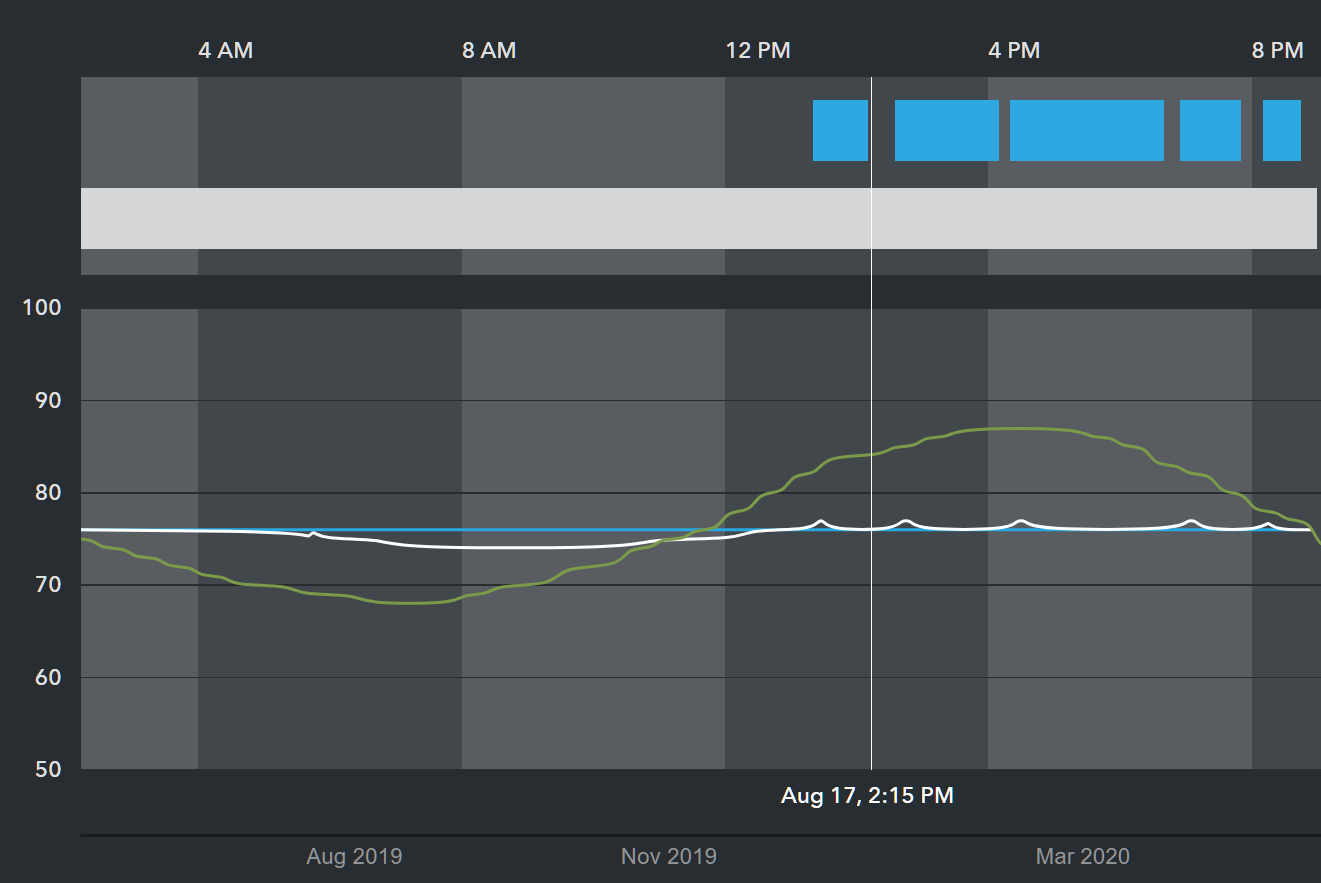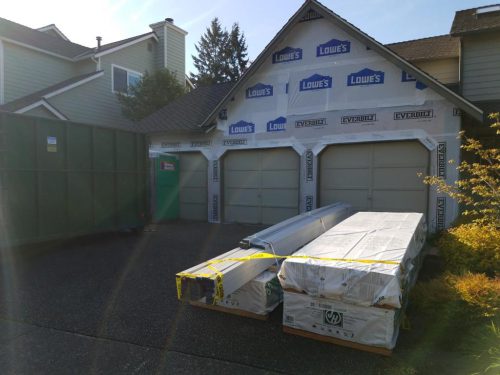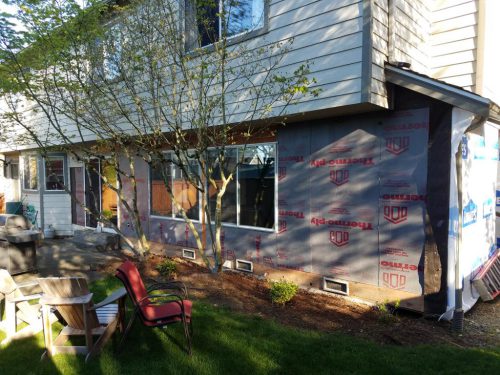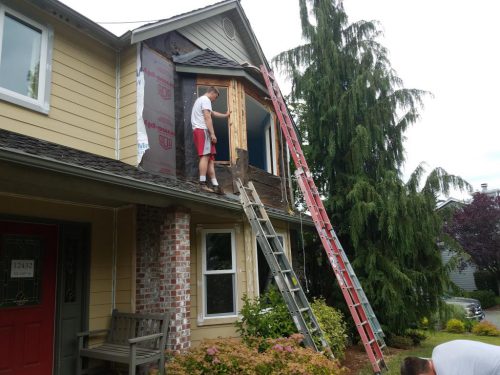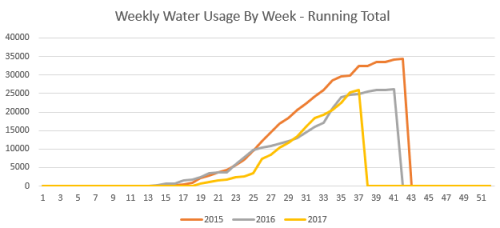After replacing most of my yard equipment with EGO tools, I had hoped to wait a while to replace my push mower, but that hope didn’t pan out. After 14 years, the deck was finally rusting through and eventually it fell apart while I was mowing.
But after having so many surprise/extra bills this year, I thought this would be a good opportunity to be responsible and also teach Elijah that we can fix stuff instead of throwing it away. I ordered a new deck for about $120. That eventually arrived and Elijah and I headed to the garage for what should have been a simple replacement except… there were a few bolts that were complete unrecognizable lumps of rust. I messed around for a long time trying to figure out how to get them out, etc and by the time I started adding more replacement parts to the bill, it just didn’t make sense anymore.
Thankfully I was smart enough to order the replacement deck from WalMart so the return was very easy. And doubly thankfully, EGO was having a huge sale on exactly the push mower that I had picked out. I ended up with the LM2130SP. It normally ships with a 7.5Ah battery and a rapid charger and costs $749. But with the sale, I got it for $599 and that included a free 5Ah battery.
I brought it home to mow for the first time and see how many batteries I really needed. I went through the whole routine: edging, string trimming, mowing, and blowing. I did that all with a single 5Ah battery! At this point I had a 2.5, two 5’s, and a 7.5. So I headed back to the store and returned my free 5Ah battery (on the receipt it prorated the savings across the multiple items) and in the end, I got that $749 mower for $386. (All prices are without tax.) A new version of the cheapo gas mower that I was replacing was $350 so I felt like this was a fantastic deal!
I’ve only mowed a couple times with the new mower but I’m happy with it. It is self-propelled though my yard isn’t big enough for that to matter. Plus, this mower is so light! It’s also incredibly quiet to the point where you can easily carry on a conversation with somebody while it’s running. An added benefit that I hadn’t considered was how it doesn’t care what orientation it’s in. With a gas mower, you have to be carefully which way you tip it, but with this one, I just finish mowing, flip it over and blow out the grass. I even saw some people who would fold it up and store it on end in their shed!
I picked this model because theoretically it has more torque than my old mower did. I currently have no concerns about having enough battery power to easily get all my work done on my small yard, but we’ll see how it goes when the grass is really growing quickly and I’m a few days late in mowing.
I’m now at the point where the only gas engines I own are the pressure washer, generator, and truck.
And as for that old gas mower? Elijah and I took the engine as far apart as we could so I could explain the four strokes of the engine, let him feel the valves moving as the crankshaft turned, etc so we did get some education out of it.



